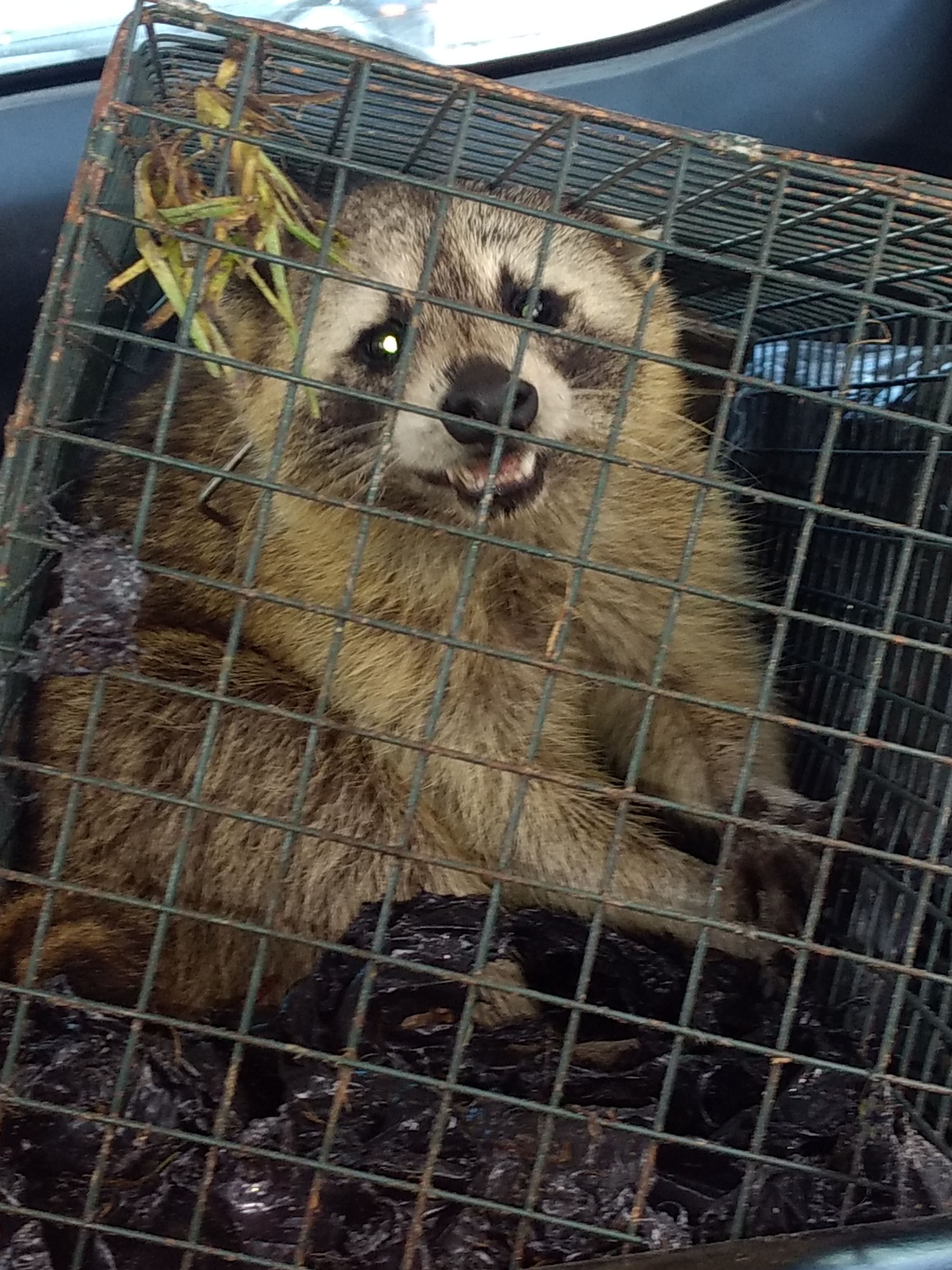
Fox are often classified as a pest species because of their predatory habits. Most frequent complaints include the following: Fox living under a deck or shed, fox preying on cows, fox posing threat to pet, fox digging up garden. For these reasons, lots of folks desire to have these aggravating canines trapped and eliminated. Not all trappers offer this support, but some specialize in canine snaring within a predator abatement program.
FOX NUISANCE CONCERNS: Foxes are a bit of scavengers and will therefore eat anything they can find. They dig gardens and beneath houses in addition to eating pet food and other leftover garbage that's been left out unsecured. They may attack tiny pets on occasion. Their loud yelling/screeching could be bothersome for citizens living nearby. They occasionally prey on poultry coops. They also occasionally den beneath human structures, including a deck, shed, porch, or crawlspace, and have their pups. Aside from that, they are relatively harmless. They are mostly shy and secretive creatures.
They're carriers of this tape worm parasite that could be transmitted to people and take up residence in the intestines. They can also cause Sarcoptic Mange which contributes to the creation of rashes in people. There's no known effective repellent to keep fox from a home, but there are steps you can take to keep foxes away.

Fox fur can vary in colour, from orange to grey to black or silver. There are a total of 37 species of foxes with an average lifespan of approximately ten years for nearly all of them. They've a smaller build when compared to domestic dogs, wolves and jackals. The male foxes, called Reynards, weigh around 13lbs while the female foxes -- or Vixens - weigh about 11.5lbs. A male fox can be approximately 26 to 29 inches in length with a tail length of 16 to 18 inches as a female fox can be approximately 24 to 27 inches in length with a tail length of 14 to 18 inches.
FOX BEHAVIOR: An interesting point to notice here is that there are various features of foxes depending on the environment they live in. A fox living in a desert area has large ears and short fur as a fox living in snowy areas has tiny ears and thicker coat for protection against the harsher elements. Foxes live in small households and search rodents for their meals. They also like swallowing grasshoppers and fruits. The gray fox species may actually climb trees. Foxes also tend to conceal and store their food to help get them through times when food resources aren't as readily available.Foxes aren't friendly with humans, they don't confront or attack humans . In actuality, there have been just a couple of instances where a fox has attacked a human being; and those might have been due to feeling threatened or fearful. They can run at a rate of up to 42 mph and have an acute sense of sight, hearing and smell. Like many other animals, they prefer to hunt at night and remain in their dens during the daylight hours.

FOX HABITAT: Foxes generally create more than 1 den to serve unique purposes. The principal den, which has several entry and exit areas, is used primarily for breeding. The smaller dens normally have just 1 entrance or exit point and have a very long tunnel extending over 30 feet that connects it to the other dens. Though capable of digging burrows, they generally prefer to make their homes in burrows and dens left and left by other animals. Therefore, they will often reside under or in human-built structures.
For the northern hemisphere foxes, the female gives birth to five pups throughout the spring. The babies are blind and deaf at birth with a coat of fur for insulation. The mother fox remains with them while the dad hunts and gathers the food. The cubs start coming from the den once they are at least four weeks old. It's around this time that they begin consuming solid food also. Throughout the summer, the parents leave the breeding den and the cubs are taught the skills to collect food. By the time fall comes, the pups have grown up to full adults and begin their own life.